J.L. Schafer9780412040610, 0412040611
Table of contents :
4061ref.pdf……Page 0
Analysis of Incomplete Multivariate Data……Page 1
Contents……Page 3
Preface……Page 9
1.1 Purpose……Page 11
1.2.1 The EM algorithm……Page 13
1.2.2 Markov chain Monte Carlo……Page 14
1.3 Why analysis by simulation?……Page 15
1.4.1 Scope of the rest of this book……Page 17
1.4.3 Software and computational details……Page 18
1.5 Bibliographic notes……Page 19
2.1 The complete-data model……Page 20
2.2.1 Missing at random……Page 21
2.2.2 Distinctness of parameters……Page 22
2.3.1 Observed-data likelihood……Page 23
2.3.2 Examples……Page 25
Definition……Page 30
A bivariate normal example……Page 31
2.4 Examining the ignorability assumption……Page 34
2.4.1 Examples where ignorability is known to hold……Page 35
2.4.2 Examples where ignorability is not known to hold……Page 37
2.5 General ignorable procedures……Page 38
2.5.1 A simulated example……Page 39
2.5.2 Departures from ignorability……Page 42
2.5.3 Notes on nonignorable alternatives……Page 44
2.6 The role of the complete-data model……Page 45
Complex sample surveys……Page 46
The role of imputation……Page 47
2.6.2 Inference treating certain variables as fixed……Page 48
Example: a comparison of two sample means……Page 51
3.2.1 Definition……Page 54
3.2.2 Examples……Page 59
3.2.3 EM for posterior modes……Page 66
3.2.4 Restrictions on the parameter space……Page 67
Example: testing hypothesis for an incomplete 2×2 table……Page 68
3.2.5 The ECM algorithm……Page 71
3.3.1 Stationary values……Page 72
Multiple modes……Page 73
Saddlepoints……Page 74
Likelihood ridges……Page 75
Boundary estimates……Page 76
General comments on the method of maximum likelihood……Page 77
3.3.2 Rate of convergence……Page 78
The missing information principle……Page 80
Missing information and convergence……Page 82
3.3.3 Example……Page 84
Monitoring and detecting convergence……Page 87
Asymptotic covariance matrices from EM……Page 88
Elementwise rates of convergence……Page 90
Accelerating convergence……Page 93
Convergence and prior information……Page 94
Convergence properties of ECM……Page 95
3.4 Markov chain Monte Carlo……Page 96
3.4.1 Gibbs sampling……Page 97
3.4.2 Data augmentation……Page 99
Application to missing-data problems……Page 101
3.4.3 Examples of data augmentation……Page 102
3.4.4 The Metropolis-Hastings algorithm……Page 110
3.4.5 Generalizations and hybrid algorithms……Page 111
3.5.1 The meaning of convergence……Page 112
Nonexistence of a stationary distribution……Page 113
Boundary values and absorbing states……Page 116
3.5.3 Rates of convergence……Page 117
Starting values and starting distributions……Page 120
Difficulties with slow convergence……Page 122
4.1 Introduction……Page 124
4.2.1 Dependent samples……Page 126
Posterior moments……Page 129
Posterior distributions and densities……Page 130
Quantiles……Page 131
Interval estimates……Page 132
Hypothesis tests……Page 133
Beyond scalar quantities……Page 134
4.2.3 Rao-Blackwellized estimates……Page 136
Example:the efficiency of Rao-BlackwellizationRecall……Page 138
4.3 Multiple imputation……Page 143
4.3.1 Bayesianly proper multiple imputations……Page 144
Proper multiple imputations and data augmentation……Page 145
Why only a few imputations are needed……Page 146
Complete-data estimators……Page 147
Rule for combining complete-data inferences……Page 149
Missing information……Page 150
Heuristic justification……Page 151
Further justification……Page 152
Combining point estimates and covariance matrices……Page 153
Combining p-values……Page 156
Combining likelihood-ratio test statistics……Page 157
4.4 Assessing convergence……Page 160
4.4.1 Monitoring convergence in a single chain……Page 161
Time-series plots and autocorrelation……Page 162
Variability of the sample autocorrelation……Page 165
Warnings about time series and autocorrelation……Page 168
4.4.2 Monitoring convergence with parallel chains……Page 169
Overdispersed starting values……Page 170
4.4.3 Choosing scalar functions of the parameter……Page 172
Worst linear function of the parameter……Page 174
Observed-data loglikelihood……Page 175
Methods based on a single chain……Page 176
Methods based on multiple chains……Page 177
Interval estimation for a scalar summary……Page 178
4.5.1 Choosing a method of inference……Page 180
4.5.2 Implementing a parameter-simulation experiment……Page 182
4.5.4 Choosing an imputation model……Page 185
When the analyst assumes more than the imputer……Page 187
When the imputer assumes more than the analyst……Page 188
4.5.5 Further comments on imputation modeling……Page 190
Analyses not based on full parametric models……Page 191
5.1 Introduction……Page 194
5.2.1 Basic notation……Page 195
5.2.2 Bayesian inference under a conjugate prior……Page 197
The inverted-Wishart distribution……Page 198
The normal inverted-Wishart prior and posterior……Page 199
Inferences about the covariance matrix……Page 201
A noninformative prior……Page 202
A ridge prior……Page 204
5.2.4 Alternative parameterizations and sweep……Page 206
The sweep operator……Page 208
5.3 The EM algorithm……Page 212
5.3.1 Preliminary manipulations……Page 213
5.3.2 The E-step……Page 214
Observed and missing parts of the sufficient statistics……Page 216
An implementation in pseudocode……Page 218
Starting values……Page 219
Estimates on the boundary……Page 220
Priors for incomplete data……Page 221
Modications to the M-step……Page 223
5.3.5 Calculating the observed-data loglikelihood……Page 224
5.3.6 Example:serum-cholesterol levels of heart-attack patients……Page 226
5.3.7 Example:changes in heart rate due to marijuana use……Page 230
5.4.1 The I-step……Page 232
5.4.2 The P-step……Page 235
5.4.3 Example:cholesterol levels of heart-attack patients……Page 236
5.4.4 Example:changes in heart rate due to marijuana use……Page 241
6.1 Introduction……Page 246
6.2.2 Generating the imputations……Page 247
6.2.3 Complete-data point and variance estimates……Page 248
6.2.4 Combining the estimates……Page 250
6.2.5 Alternative choices for the number of imputations……Page 251
Advantages of multiple imputation over parameter simulation……Page 253
6.3.1 Predicting achievement in foreign language study……Page 255
6.3.2 Applying the normal model……Page 256
Inestimability of parameters……Page 258
6.3.4 Overcoming the problem of inestimability……Page 260
Inferences for logistic-regression coefficients……Page 262
Joint inferences for groups of coefficients……Page 264
6.4 A simulation study……Page 266
6.4.1 Simulation procedures……Page 267
Imputation……Page 269
Quantiles……Page 270
Correlation coefficients……Page 271
6.4.3 Results……Page 272
6.5.1 Monotone missingness patterns……Page 274
6.5.2 Computing alternative parameterizations……Page 277
Maximum-likelihood estimation……Page 280
Bayesian inference……Page 282
6.5.4 Monotone data augmentation……Page 286
Choosing the monotone pattern to be completed……Page 288
6.5.5 Implementation of the algorithm……Page 289
The I-and P-steps……Page 291
6.5.6 Uses and extensions……Page 296
6.5.7 Example……Page 297
7.1 Introduction……Page 301
7.2.1 The multinomial distribution……Page 302
Maximum-likelihood estimation……Page 305
7.2.2 Collapsing and partitioning the multinomial……Page 306
Factoring the likelihood……Page 310
7.2.3 The Dirichlet distribution……Page 311
Properties of the Dirichlet distribution……Page 313
Relationship to the gamma distribution……Page 314
7.2.4 Bayesian inference……Page 315
Noninformative priors……Page 317
Sparse tables and flattening priors……Page 319
Data-dependent priors……Page 320
7.2.6 Collapsing and partitioning the Dirichlet……Page 322
7.3.1 Characterizing an incomplete categorical dataset……Page 325
Observed-data likelihood……Page 327
The E-and M-steps……Page 329
Starting values and posterior modes……Page 332
Random zeroes and structural zeroes……Page 333
7.3.3 Data augmentation……Page 334
Imputation of unit-level missing data……Page 337
Analysis by parameter simulation……Page 338
Analysis by multiple imputation……Page 342
7.3.5 Example:Protective Services Project for Older Persons……Page 343
7.4.1 Factoring the likelihood and prior density……Page 348
Factoring the prior……Page 351
7.4.2 Monotone data augmentation……Page 353
Interleaving the I-and P-steps……Page 355
7.4.3 Example:driver injury and seatbelt use……Page 357
8.1 Introduction……Page 364
8.2.1 Definition……Page 365
Models for three categorical variables……Page 366
8.2.2 Eliminating associations……Page 368
Hierarchical models……Page 369
8.2.3 Sufficient statistics……Page 370
Correspondence to logit models……Page 372
8.3.1 Maximum-likelihood estimation……Page 374
8.3.2 Iterative proportional fitting……Page 376
Random and structural zeroes……Page 378
An implementation in pseudocode……Page 379
8.3.3 Hypothesis testing and goodness of fit……Page 380
8.3.4 Example:misclassification of seatbelt use and injury……Page 382
8.4.1 Prior distributions for loglinear models……Page 384
The constrained Dirichlet prior……Page 385
8.4.2 Inference using posterior modes……Page 386
Posterior modes and goodness of fit……Page 387
8.4.3 Inference by Bayesian IPF……Page 388
Relationship to conventional IPF……Page 390
An implementation in pseudocode……Page 391
8.4.4 Why Bayesian IPF works……Page 393
The Poisson/gamma representation……Page 394
The cell-means version of Bayesian IPF……Page 396
Heuristic argument for convergence……Page 397
Further notes……Page 400
8.4.5 Example:misclassification of seatbelt use and injury……Page 401
EM for loglinear models……Page 403
The ECM algorithm……Page 404
8.5.2 Goodness-of-fit statistics……Page 406
Adjusted goodness-of-fit statistics……Page 408
8.5.3 Data augmentation and Bayesian IPF……Page 409
8.6.1 Protective Services Project for Older Persons……Page 410
8.6.2 Driver injury and seatbelt use……Page 413
9.1 Introduction……Page 418
9.2.1 Definition……Page 419
9.2.2 Complete-data likelihood……Page 421
Maximum-likelihood estimates……Page 422
9.2.3 Example……Page 423
9.2.4 Complete-data Bayesian inference……Page 424
Inferences for mu and sigma under a noninformative prior……Page 425
Informative priors……Page 426
Loglinear models for the cell probabilities……Page 427
Linear models for the within-cell means……Page 428
Choosing the design matrix……Page 429
Example:Foreign Language Attitude Scale……Page 430
Bayesian inferences for beta and sigma under a noninformative prior……Page 432
Informative priors for beta and sigma……Page 434
Categorical variables completely missing……Page 435
The E-step……Page 439
Evaluating the observed-data loglikelihood……Page 441
The I-step……Page 442
The P-step……Page 443
An ECM algorithm……Page 444
Data augmentation-Bayesian IPF……Page 445
The unrestricted model……Page 448
Restricted models……Page 451
Risk and adverse psychological symptoms……Page 453
Risk and comprehension scores……Page 455
The imputation model……Page 456
Prior distributions……Page 457
Generating the imputations……Page 458
A proportional-odds model……Page 459
Partial correlation coefficients……Page 461
The imputation model……Page 463
A simulation study……Page 465
Further remarks……Page 467
10.2.1 Restricted covariance structures……Page 468
10.2.2 Heavy-tailed distributions……Page 469
10.2.4 Semicontinuous variables……Page 470
10.3 Random-effects models……Page 471
10.4 Models for complex survey data……Page 472
10.6 Mixture models and latent variables……Page 474
10.7 Coarsened data and outlier models……Page 475
10.8 Diagnostics……Page 476
Appendix A: Data Examples……Page 478
Appendix B: Storage of Categorical Data……Page 486
Appendix C: Software……Page 489
References……Page 490
Table of Contents……Page 514
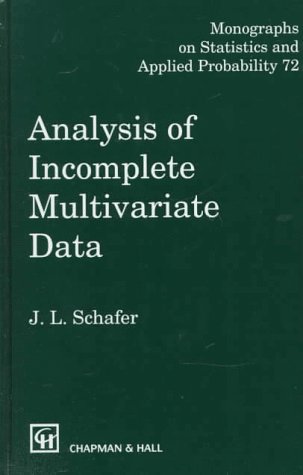
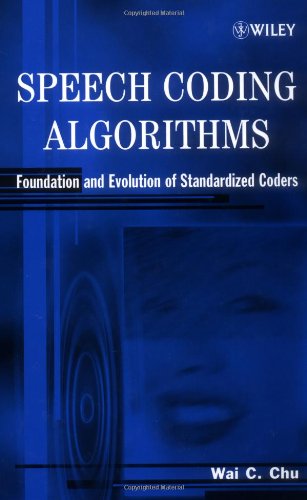
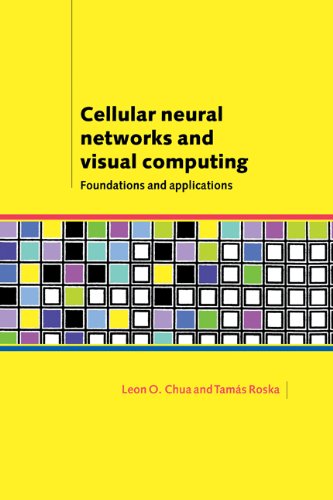
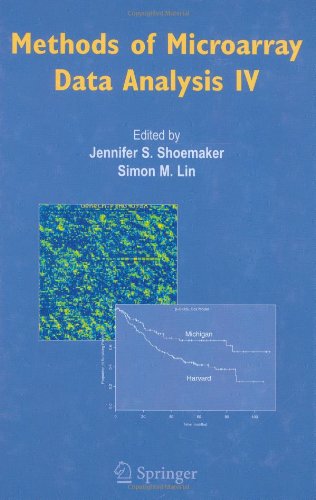
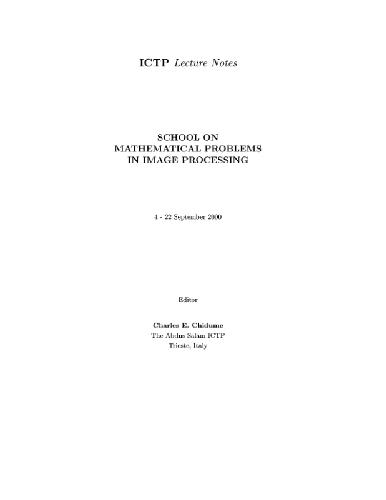
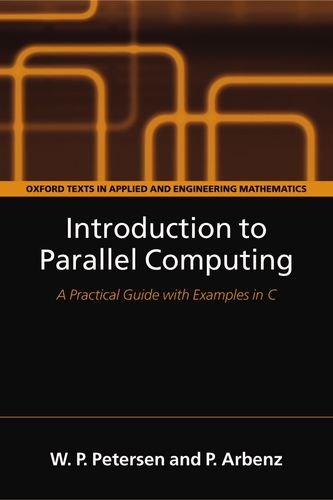
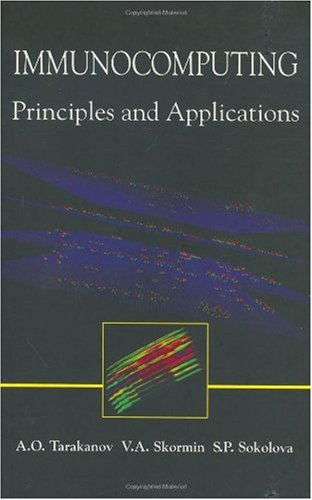
Reviews
There are no reviews yet.